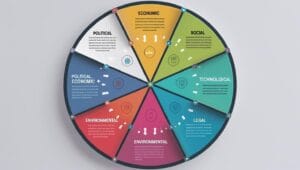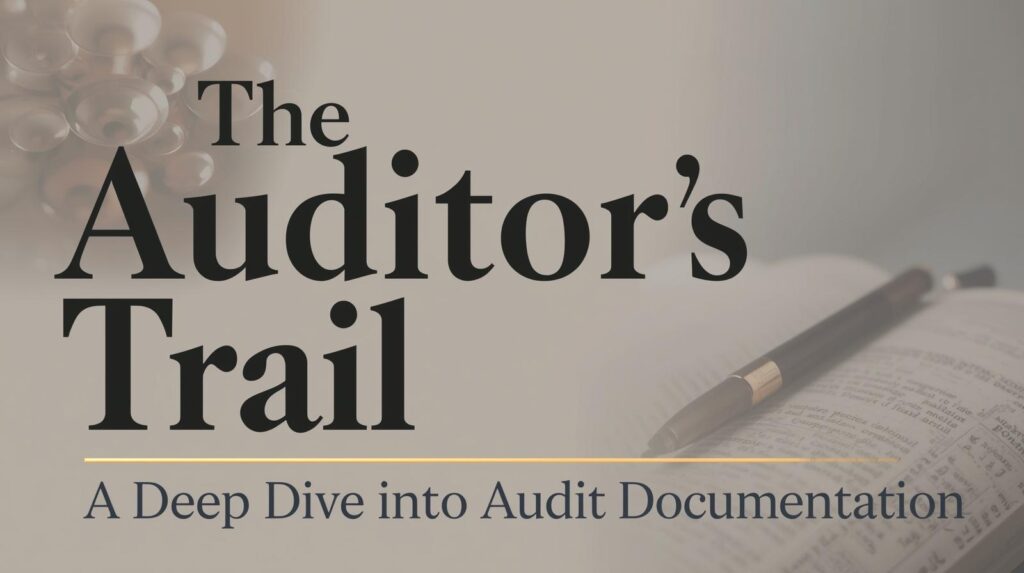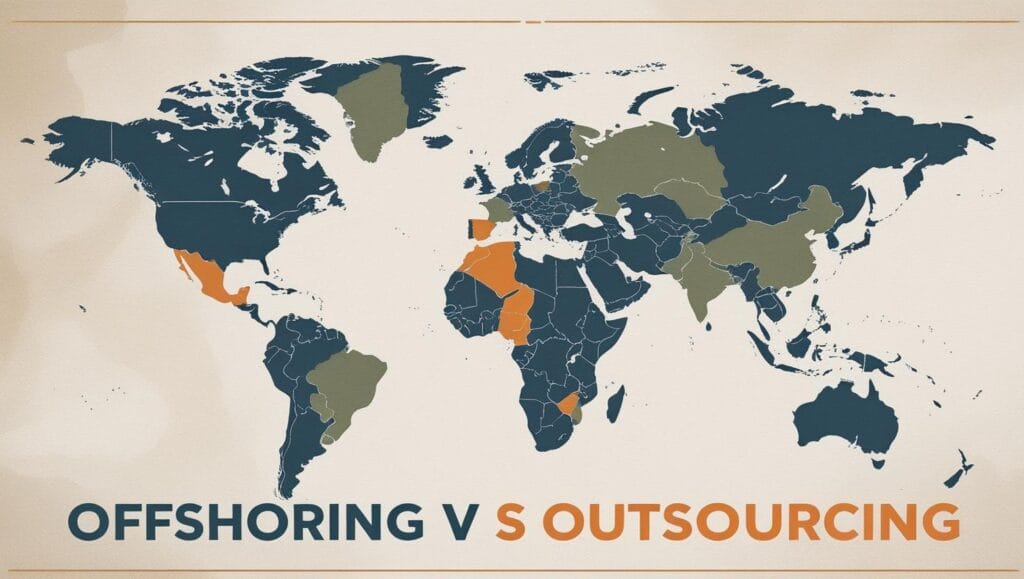Using PESTEL Analysis to Scan the Marketing Macro-Environment: A Strategic Guide
Successful marketing requires more than just a deep understanding of your customers and competitors. It demands a keen awareness of the powerful, uncontrollable forces that shape the entire business landscape. This wider context is known as the **macro-environment**, and failing to understand it is like trying to navigate the ocean by only looking at your own boat.
To map these vast external forces, marketers and business leaders rely on a powerful strategic framework: **PESTEL Analysis**. This expert guide will provide a comprehensive breakdown of the PESTEL framework, explaining how each of its six components can be used to analyze the marketing macro-environment and identify critical opportunities and threats, using examples from the dynamic market of Bangladesh.
What is PESTEL Analysis?
PESTEL is an acronym that stands for six key external factors that influence an organization: **P**olitical, **E**conomic, **S**ocio-cultural, **T**echnological, **E**nvironmental, and **L**egal. It is a strategic audit tool used to scan the macro-environment to pinpoint key trends and changes that could impact the business.
For marketers, the goal is to use this analysis to move from being reactive to proactive. By understanding these external shifts, you can adapt your marketing strategies to capitalize on emerging opportunities and build defenses against potential threats.
The Six Factors of PESTEL in a Marketing Context
Let’s explore each factor with specific questions and examples relevant to a marketer operating in Dhaka, Bangladesh in 2025.
P – Political Factors
This factor examines how government policy, political stability, and foreign trade policies can impact the market.
- Questions for Marketers: Is the government stable? What are the current and future trade policies or tariffs? Are there upcoming elections that could alter business regulations? What is the government’s policy on foreign investment or specific industries?
- Example for Bangladesh: A new government initiative to promote “Made in Bangladesh” products presents a major **opportunity** for a local shoe company to build a marketing campaign around national pride and quality. Conversely, political instability leading to transportation disruptions is a **threat** that could derail a time-sensitive promotional campaign for a national retail chain.
E – Economic Factors
This involves analyzing the broader economic conditions that affect consumer purchasing power and spending habits.
- Questions for Marketers: What is the current GDP growth rate? What are the trends in inflation, interest rates, and currency exchange rates? How is disposable income changing across different demographics?
- Example for Bangladesh: The consistent growth of the middle-class and rising disposable income is a significant **opportunity** for brands marketing high-value items like smartphones, air conditioners, and family vacations. However, persistent inflation is a **threat**, reducing consumer spending power and forcing marketers to shift their focus from luxury to value-for-money messaging.
S – Socio-cultural Factors
This factor looks at the demographic characteristics, cultural values, and lifestyle trends of the society.
- Questions for Marketers: What are the dominant age demographics and lifestyle trends? Are consumer attitudes toward health and career changing? What are the key cultural norms and traditions that influence purchasing decisions?
- Example for Bangladesh: The large and youthful population (a “demographic dividend”) is a massive **opportunity** for brands using digital and social media marketing. A growing health consciousness among urban consumers in Dhaka is a **threat** to companies selling traditional sugary drinks but a prime **opportunity** for businesses marketing organic foods or fitness services.
T – Technological Factors
This analyzes the impact of new technologies on how products are developed, distributed, and marketed.
- Questions for Marketers: What is the level of mobile and internet penetration? What new technologies are disrupting the industry (e.g., AI, automation)? How are consumers using technology to make purchasing decisions?
- Example for Bangladesh: The near-universal adoption of smartphones and the dominance of Mobile Financial Services (MFS) like bKash and Nagad are a powerful **opportunity** for e-commerce marketers to create frictionless checkout experiences. Any retail business without a strong online presence and digital payment integration is facing a severe **threat** of being left behind.
E – Environmental Factors
This includes all ecological and environmental aspects, such as weather, climate change, and consumer attitudes towards sustainability.
- Questions for Marketers: Are consumers becoming more aware of environmental issues? How could climate change impact your supply chain or operations? Are there opportunities for marketing “green” or sustainable products?
- Example for Bangladesh: Increased consumer and international buyer concern for sustainability is an **opportunity** for a ready-made garments (RMG) factory to market its investment in green technology and ethical production. Conversely, the country’s vulnerability to climate change, leading to more extreme weather, is a **threat** to agricultural businesses and could disrupt the supply chain for food marketers.
L – Legal Factors
This factor covers the laws and regulations that a company must operate within.
- Questions for Marketers: What are the current laws around advertising standards, consumer rights, and data protection? Are there new product safety regulations on the horizon?
- Example for Bangladesh: The implementation of stronger data privacy laws by the government would be a **threat** to companies that rely on third-party data for their marketing, forcing a strategy change. However, it’s also an **opportunity** for a brand to build consumer trust by proactively marketing its transparent and ethical data handling practices.
How to Conduct a PESTEL Analysis for Marketing
- Brainstorm: Gather your team and identify the key external factors relevant to your market under each of the six headings.
- Gather Data: Research and find evidence for the trends you’ve identified from credible sources (e.g., government reports, World Bank data, market research firms).
- Identify Opportunities: Determine which factors you can leverage to create a competitive advantage or launch a new marketing initiative.
- Identify Threats: Determine which factors could negatively impact your business or current marketing strategies.
- Take Action: Develop new strategies to exploit the opportunities and create contingency plans to mitigate the threats.
Conclusion: From Reactive to Proactive Marketing
PESTEL analysis is more than just an academic exercise; it’s an essential strategic tool that forces marketers to look beyond their immediate competitors and customers. It provides a panoramic view of the macro-environment, enabling a shift from a reactive to a proactive mindset.
By regularly scanning the political, economic, socio-cultural, technological, environmental, and legal landscapes, marketers can anticipate market shifts, identify powerful new growth opportunities, and defend against potential risks before they materialize. In a rapidly changing and globally connected market like Bangladesh, this forward-looking perspective is not just beneficial—it’s vital for sustained success.


